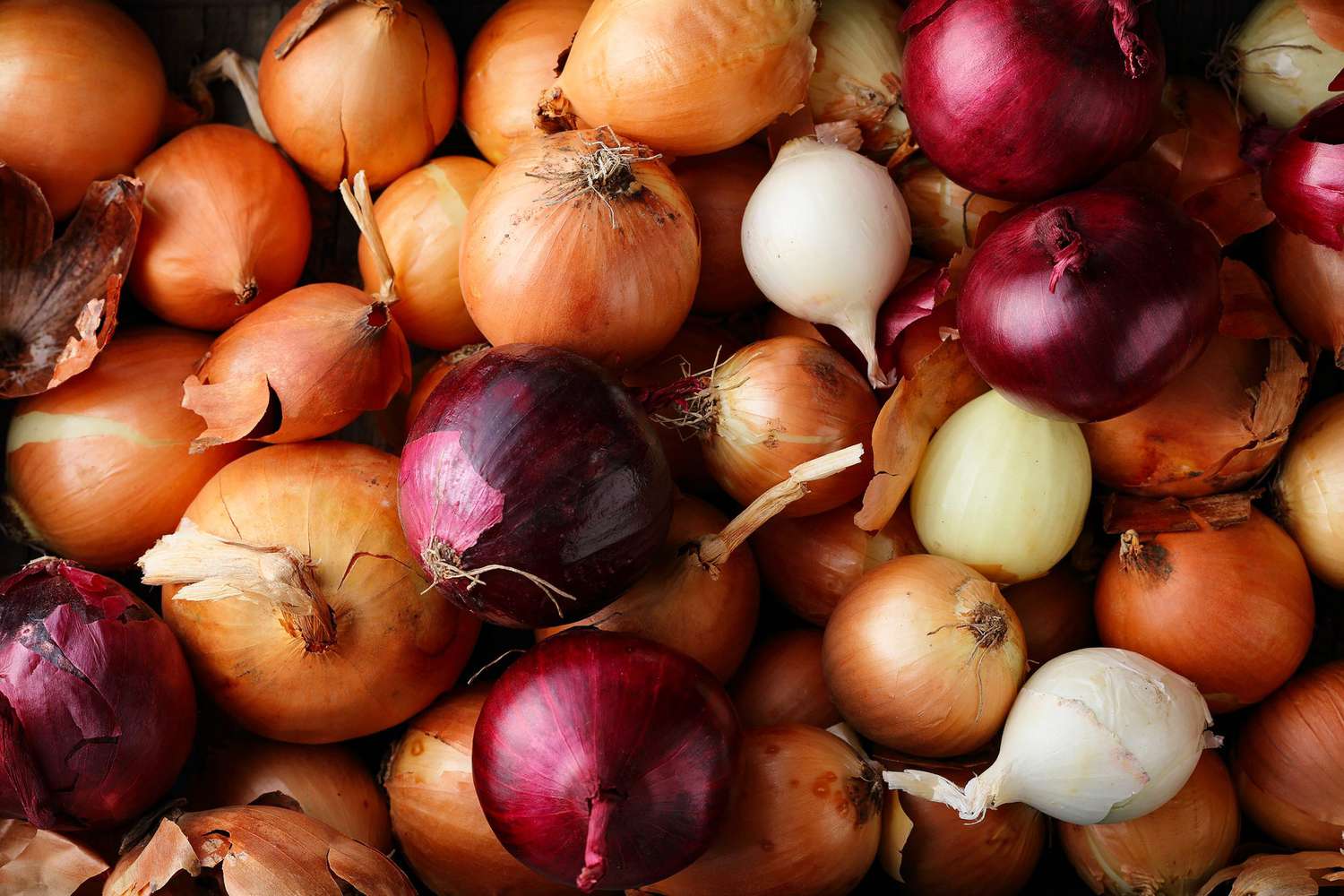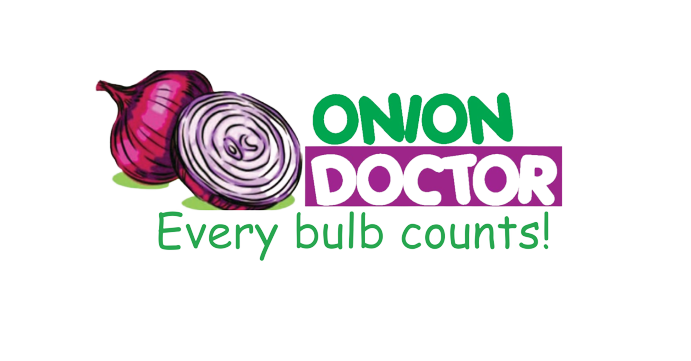A Comprehensive Guide to Successful Onion Farming in Kenya: Varieties, Cultivation Tips, and Expert Support

Are you in need of in-depth knowledge on onion and garlic production? If yes, we are a call away. Our service chatter includes: Onion seedlings, Garlic seedlings, Farm planning services, Soil testing, Drip irrigation installation and maintenance, Agronomic support, Onion and Garlic value pack and Farm management. For free consultation, placing orders or booking a visit with an agronomist, please contact us via Call or what’s app +254703982228, Email: Info@oniondoctor.co.ke.
Unlock the secrets of successful onion farming in Kenya as we delve into various onion varieties, cultivation techniques, and the invaluable support offered by Onion Doctor. From choosing the right onion type to mastering land preparation and harvesting, this guide is your key to optimizing yields and maximizing profits.
There are several varieties of onions farmed in Kenya. These varieties are based on the climatic conditions they thrive best in. The most common types include:
Bombay Red: Does well in warmer and dry conditions. Its seeds produce small to medium-sized onions which are deep purple, globe-shaped, and very pungent.
Texas Early Grano: This variety is high yielding and well adapted for the tropics. It takes 120 days to mature from transplanting. The type is characterized by its white color and is best for preparing salads.
Red Creole: This variety is characterized by its spicy taste. It has a red, flat-round, globular bulb appearance.
Red Pinoy F1; The breed has a maturity duration of 90 days from transplanting and a storage period of up to 6 months at room temperature and has an intense urgency. It’s tolerant to purple blotch, and it has the potential to yield 30 tonnes per acre.
Jamber F1: Jamber F1 has a dark red globe appearance. It can be grown in open fields and greenhouses and is easy to cure. Jamber F1 produces large bulbs with a yielding potential of up to 23 tonnes per acre.
Neptune F1: This is a wide variety of shining red bulbs. They are best for salads due to their excellent spice. They have red skin and a flattened globe shape. They take around 120 days to mature and have a storage duration of 120 days.
Land Preparation for Bulb Onion:
Plough your land as deep as possible 2 to 3 weeks before planting. Harrow the field 2 to 3 times to achieve the fine tilth required for growing onions. Onion strives best in deep, well-drained soil and on a well-prepared seedbed. Apply 400kg per every 100m2 or 40 tonnes of well decomposed organic manure and thoroughly mix with the soil.
Nursery Preparation:
Make a nursery for your seedlings near the planting field to make it easier during transplanting. Here is a guide to follow when preparing your seedling nursery.
The seedbed should be under shade, or you can also prepare a raised cover to protect seedlings from direct sunlight.
Adjust the bed to 1m wide while mixing well-decomposed compost manure.
Make rows 1.5cm apart on the seedbed and drill the seed thinly 1cm deep.
Cover your seedbed using soil and mulch.
Onions germinate within 7-10 days.
Ensure you water the seedbed daily, but don’t flood it.
Remove the mulch once the seeds germinate.
Do you need training and guidance on how to work around your nursery beds, we Onion Doctor are here for you, we offer agronomical support for the entire season at a very competitive cost. Reach to us for a quotation.
Transplant: Seedlings are ready for transplanting when they have 3-5 well formed leaves. with a pH range of 6.0-7.0. Optimum temperature ranges from 15℃ − 30℃. It is advisable to till the land 2-3weeks before transplanting and harrow 1- 2times to obtain a fine tilth suitable during onion production.
The seedlings once they reach pencil thickness, around 6 to 8 weeks after sowing in the nursery. For seedlings raised in nursery plant at a spacing of 10cm by 8cm from one plant to another and 30cm between rows. Drill holes 2.5cm deep and 10cm apart for direct seeding, thin seedlings 4-6 weeks after they reach 10-15cm height, and ensure the plant spacing is 10cm by 8cm or 10cm by 10cm.
Onions Harvesting: Onion harvesting takes time and requires hot weather conditions. The suitable period to harvest onion is during the dry seasons. The onions can be dried and cured faster during this season, extending their shelf life. Bulb onions are ready for harvesting once they form a shiny membranous cover around the bulbs or when the foliage withers. Spring onions are ready for harvesting when they are 15 centimeters tall and 1.5 centimeters thick. Harvesting is done by pulling the bulbs and then chopping off the leaves.
Embark on a successful onion farming journey with the knowledge shared in this comprehensive guide. Whether you're a seasoned farmer or just starting, Onion Doctor is your partner for success. Contact us for quality onion and garlic seedlings, farm planning services, and expert support throughout the season. With Onion Doctor, optimize your yields and achieve maximum profits in your onion farming venture.
Onion Doctor supports small holder farmers across Africa with quality and affordable Onion and Garlic seedlings, Onion seedlings, Farm planning services, Soil testing, Drip irrigation installation and maintenance, Agronomic support, Onion and Garlic value pack, Farm management, E-extension and on-farm training for farmers to optimize on yields and get maximum profits.
